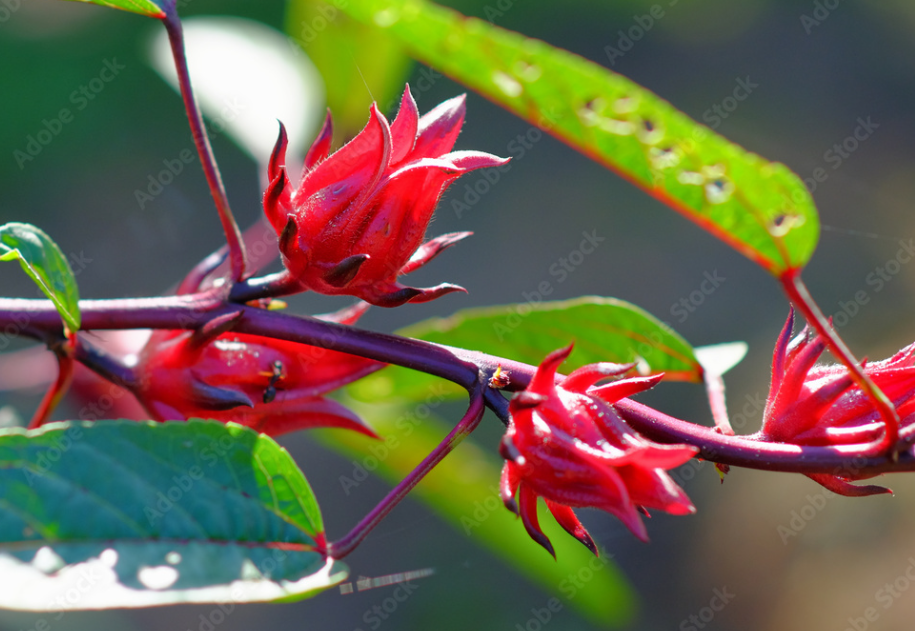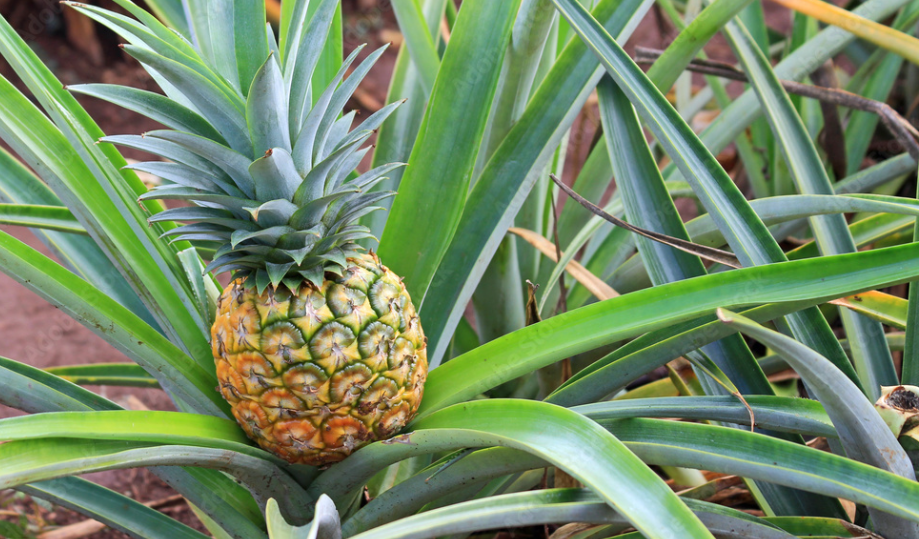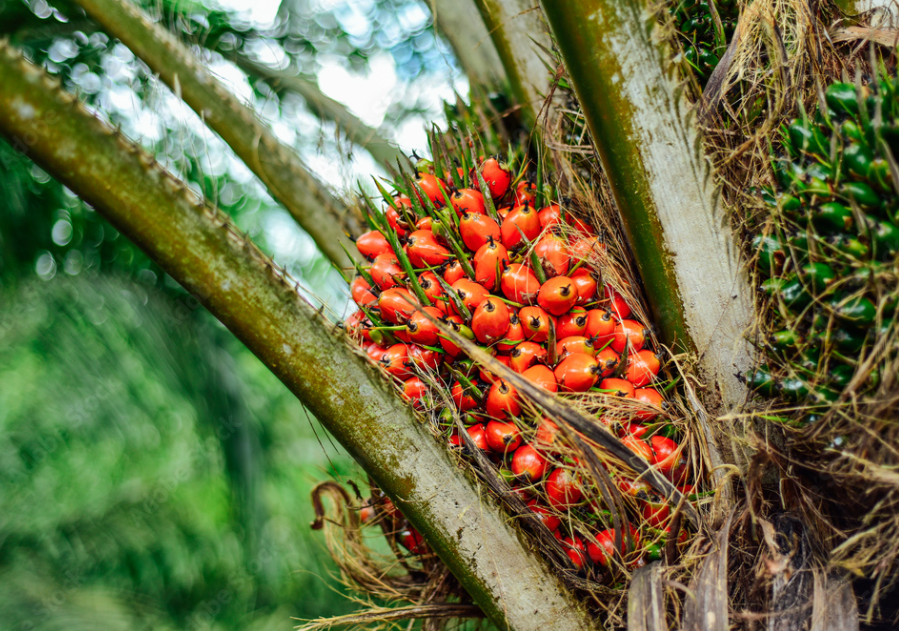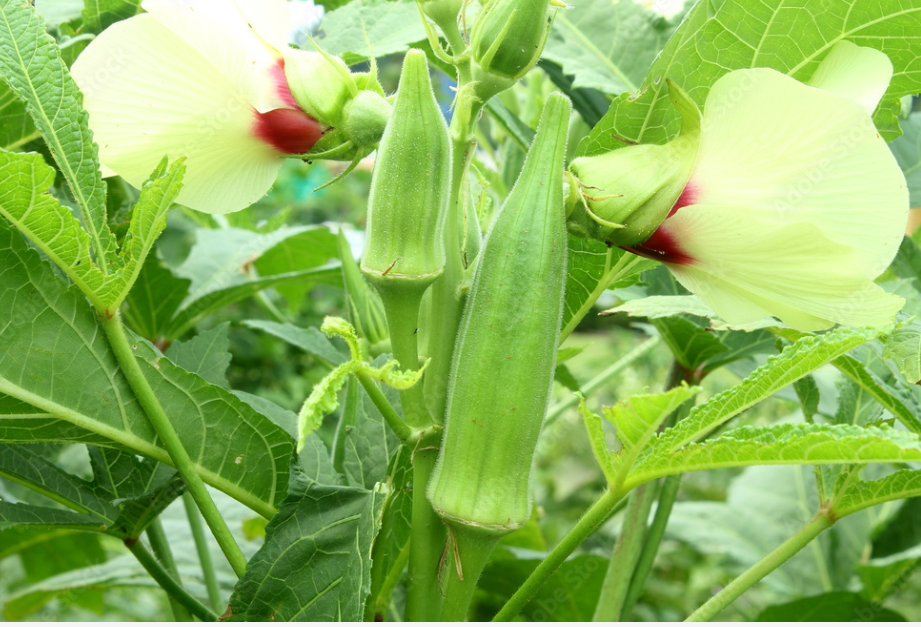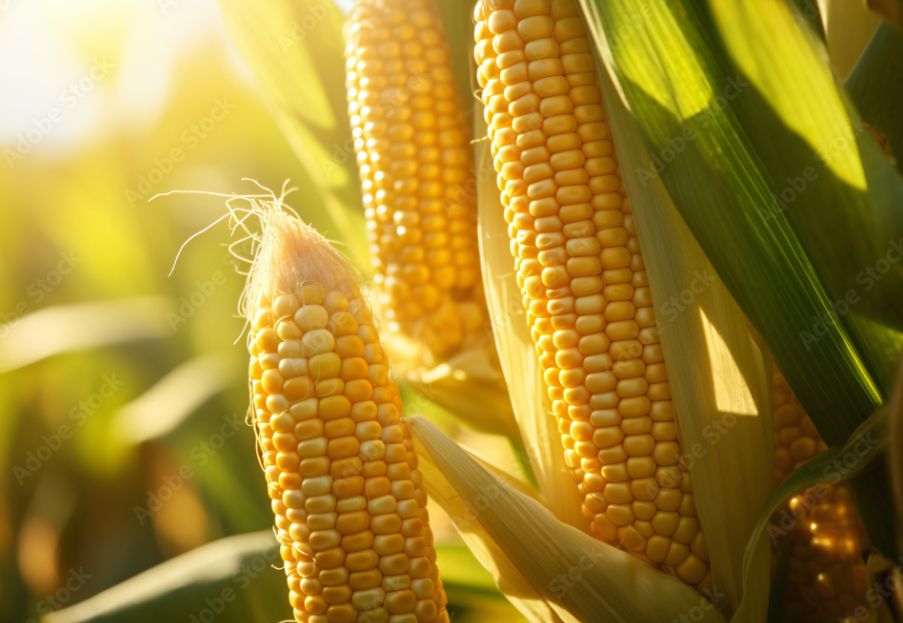Red Roselle (Origin, Health Benefits And How TO Grow)
Origin Of Red Roselle With the botanical name Hibiscus sabdariffa, roselle is a species of Hibiscus probably native to West and East Africa and South-East Asia, including Northeastern India. The West Indies knew the plant in the early 16th century, and in the 17th century, it was already growing in Asia. Zobo is a perennial […]
Red Roselle (Origin, Health Benefits And How TO Grow) Read More »
